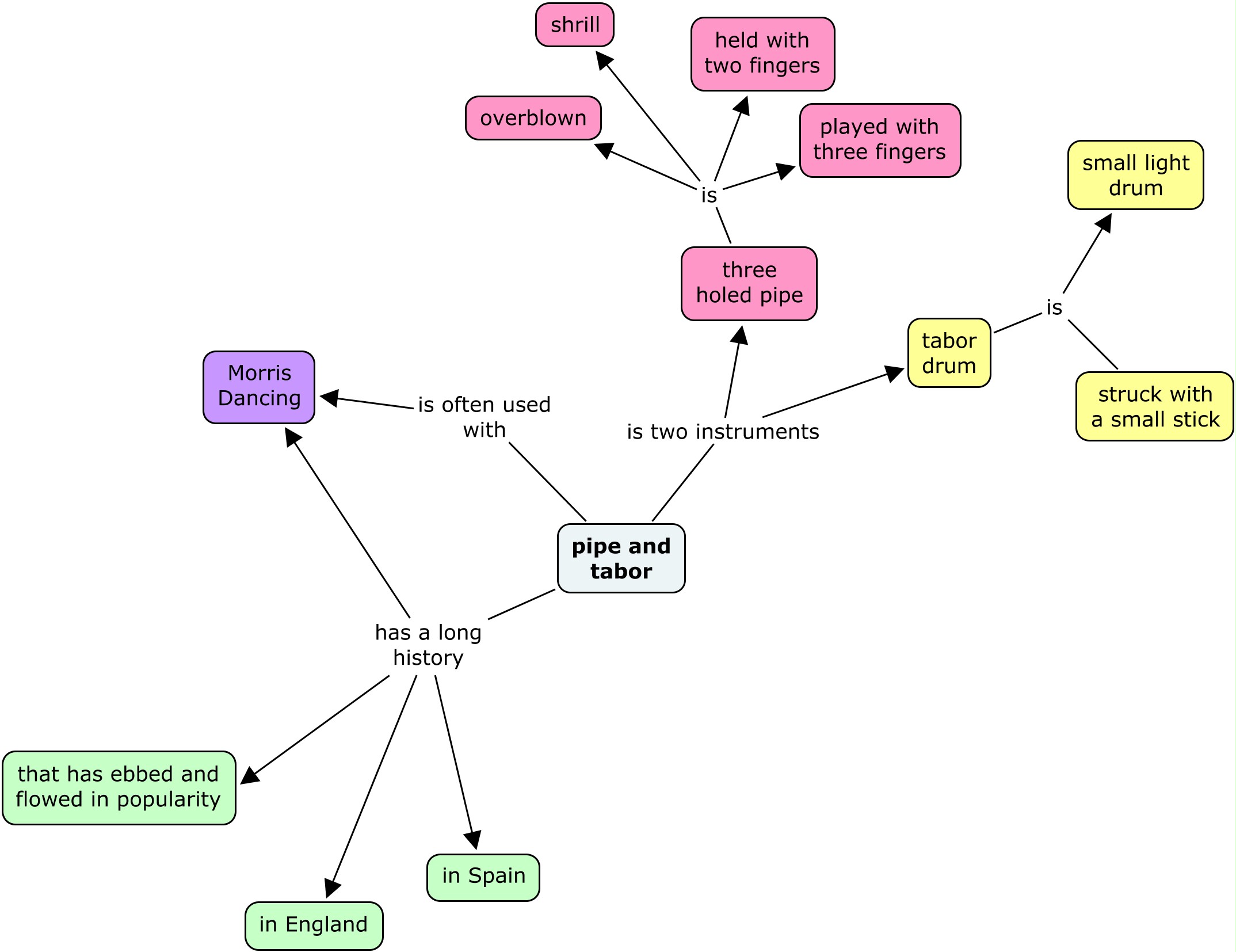This where the work of learning within a new subject domain becomes increasingly fun. Begin a creative project centered around the word or concept that you have chosen as your domain of study. The project should be as fun and creative as you can imagine, or the project could be completely pragmatic and capture details of the learning journey. The main purpose is to fire-up the mind from many different perspectives in relation to the domain of study. The project should be able to grow and change through the full duration of your researching your subject domain. Essentially, the creative project becomes a
personal learning portfolio that ties the project together. As you learn more about your chosen subject through your research, reading, creativity, play and discussion it is important that you add to your creative project. A few ideas for creative or pragmatic projects includes (but not limited to);
 |
| Build on your idea |
- a daily or weekly diary about your subject
- an ever expanding concept map dedicated to your subject
- a learning portfolio with weekly updates
- a wall size collage with images, articles, writings
- the authoring poetry and songs
- a blog reflecting about your learning (include images, photos, references, etc.)
- create your own maker project with an accompanying video blog
- write a play of short story including your subject as a theme or character
The inclusion of the creative project is about play and creating rituals around your study. It really is about the play, about the broadness, and about the engagement. Learning should be about play, with an amount of discipline built in. Why play?
Why broadness?
Why engagement? Why discipline? Each of these attributes of your self-determined study has a rationale;
The play - is about enjoying what you are doing so you return to do it again and again. It is also about not allowing yourself to be restrained to follow up on related themes or threads within your chosen subject domain. It allows one to learn with reckless abandon, and to be at play.
The broadness - is about exploring the subject in its entirety and allowing yourself to follow-up with related, or seemingly unconnected, ideas and subjects you stumble upon as you deepen your understanding of the subject domain. It's important to remember that learning a subject domain is also about learning how the subject domain relates to others. When constructing knowledge review the learning in different contexts and against other subjects is an important part of learning. It deepens your understanding.
The engagement - is about reaching out to others with similar interests who can provide insight into your subject domain, or you could provide insight into their subject domain. This is about engaging the community or communities in and around your subject domain. It is about adding content, resources, opinions, value, energy, good-faith... its becoming a member of, and engaging, the community of experts who are all attracted to the same subject domain as yourself.
Where to engage? engagement can happen in many places, both online and off. It is strongly encouraged that you find a variety of places to meet with people who are also interested in your chosen domain of study. A list of places includes, and is not limited to;
- everywhere - seek out your peers and mentors, you will be surprised where you find them. Tell people what you are doing ask for assistance.
- online collaborative spaces - different subject communities hang out in different online spaces... find them!
- conferences - attend conferences on your chosen subject.
- the library - go to the library and hang out in the section related to your subject.
- at colleges and universities - yes, you can still learn by taking courses and hanging out with like minded people.
- social media - follow hashtags, join groups, engage in online discussions, find related RSS feeds.
The discipline - is about committing the time to exploring and playing within your chosen subject domain. It is about follow-through and completing tasks related to your understanding. Learning something in-depth takes effort, time and
a deliberate practice. And don't think learning is any different because the subjects you have chosen are self-determined, mastery takes time and commitment. Some say mastery of any subject takes
over 10000 hours, so be disciplined and enjoy yourself.
Creativity, fun and discipline will get you to finished when choosing to pursue self-determined learning. It will be the amount of personal commitment you make, and how much fun you find the subject and activities. What will it take for you to be attracted, on a regular basis, to study and spend time with your chosen subject domain. A creative project will assist greatly in being attracted to your subject, and it will open your approach to learning to being outside the traditional.
Related searches and references
Learning in depth
Learning portfolio
Maker faire
Learning through play




























